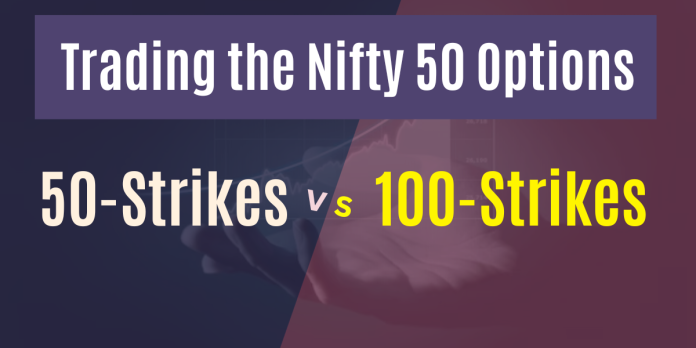Options trading is akin to the intricate dance of financial markets, where every move and decision must be executed with precision. The strategies you choose can make or break your trading journey, and the strike prices you set your sights on are of paramount importance. But in the labyrinth of option trading, there’s one key factor that sets the stage for a successful performance: liquidity.
In the world of European options, liquidity plays a pivotal role, especially when you aim to capture profits before the option’s expiry. The ability to buy or sell options swiftly is a game-changer. Yet, when it comes to stock options, liquidity takes on an entirely new level of significance. Today, we delve into the intriguing realm of shorting the 50-strike options on the Nifty Index.
Implied Volatility: Unveiling the Magic of Time Decay
Shorting an option is all about profiting from the relentless march of time. With each passing day, an option’s time value erodes, and that’s where your gains come from. So, the big question on our minds is this: Could it be profitable to short the 50-strike options on the Nifty Index? The answer isn’t as straightforward as it might seem, and it all boils down to liquidity.
Picture this: The 18900 strike boasts a whopping 25,000 contracts traded within an hour of market opening, while its neighbouring counterpart, the 18950 strike, sees only about 5,000 contracts changing hands. Now, when you’re dabbling with just a couple of lots, liquidity isn’t your top concern. But if you’re considering diving into the deep end of the pool, trading hefty quantities of stock options, liquidity suddenly becomes the North Star guiding your ship.
Why, you ask? It’s a question of timing. You see, as an option nears its expiry, its time value dwindles to zero. When you’re short on options, your gains peak at this magical moment of expiration. This means you can afford to keep your short position open and let those profits roll in. The reason we’re taking a closer look at the 50-strike options, despite their liquidity shortcomings, becomes evident. They may hold hidden treasures if you play your cards right.
The Enigmatic Duo: Time Value and Implied Volatility
When dissecting option strikes, you’re often comparing apples to apples. All options in your chosen series must have the same time to expiry, leaving the difference in time value to be attributed to implied volatility. Implied volatility is that mystical quality implied by an option’s price, considering various pricing factors.
Imagine this scenario: traders are clamoring for out-of-the-money (OTM) options in the anticipation of the Nifty Index’s upward swing. The surge in demand naturally pumps up the option price. A higher price results in an increase in implied volatility. So, if you’re looking to set up a short call position right before a market turn, you’d be wise to choose a strike with high implied volatility. Typically, these are options perched closer to the current spot price.
Here’s the crux of the matter: The 50-strike options may not enjoy the same demand as their 100-strike cousins, leading to lower implied volatility. And this, my friends, is where your profit potential comes into play. Shorting those 100-strike options could yield you a bigger slice of the pie, provided your market prediction hits the bullseye.
Read: What is Short Selling in Stock Market?
Optional Reading: The 50-Strike vs. 100-Strike Duel
For those of you who crave a deeper dive, consider this: The decline in 50-strike options is a gentler slope compared to their 100-strike counterparts, thanks to their lower delta and reduced demand. If the market takes a nosedive, the 18950 strike is likely to be a safer bet compared to the 18900 strike. So, if you’re contemplating a short position post-market reversal, the 50-strike option might just be your golden ticket.
Options trading, with its blend of strategy, analysis, and market insight, is truly a thrilling endeavor. The choice of strikes and the dance with liquidity create a symphony of opportunity. So, the next time you ponder the 50-strike options on the Nifty Index, remember, there’s more to this decision than meets the eye. Dive in, explore, and unlock the secrets of profit potential hidden within the liquidity labyrinth.
Read in Detail : The 7 Common Mistakes to avoid While doing Options Trading
Disclaimer: This blog has been written exclusively for educational purposes. The securities mentioned are only examples and not recommendations. It is based on several secondary sources on the internet and is subject to changes. Please consult an expert before making related decisions.


